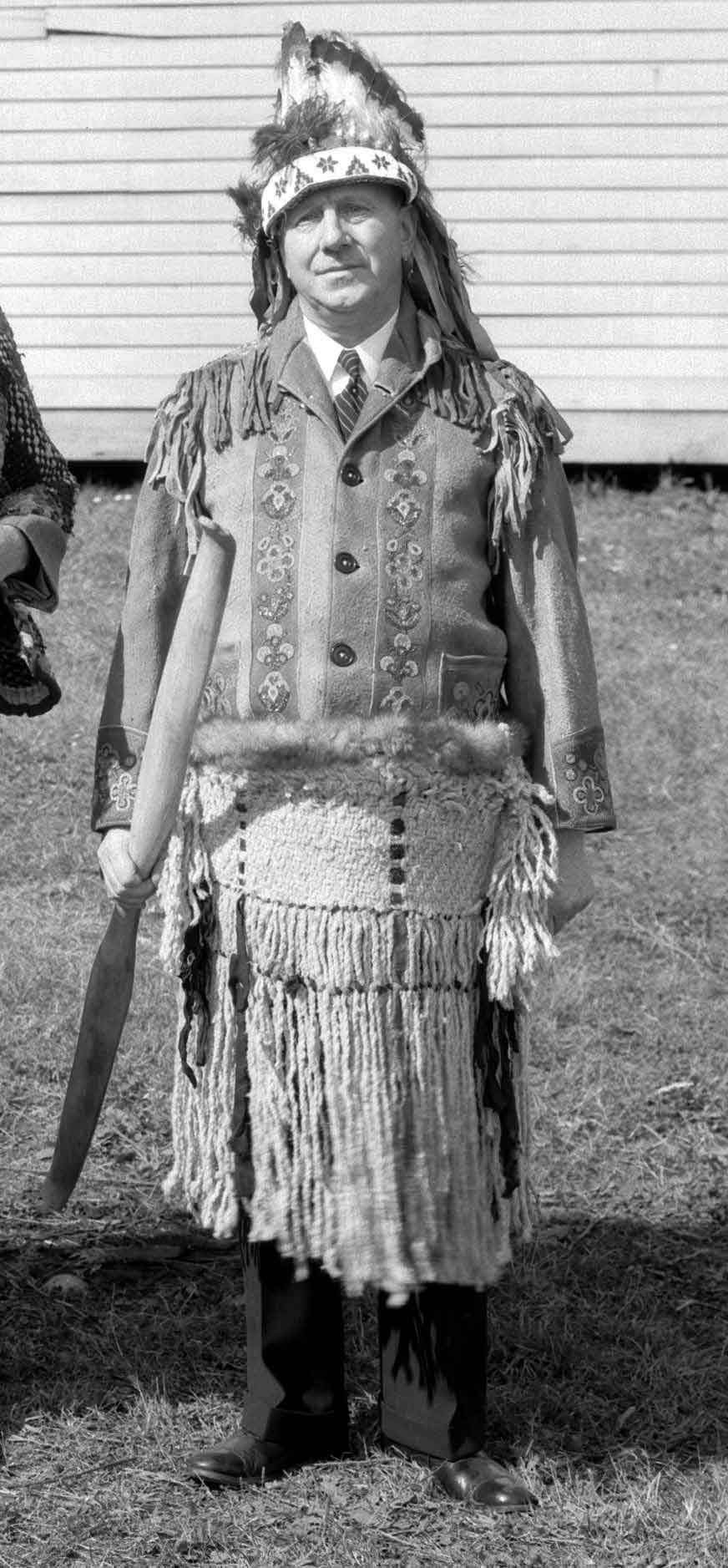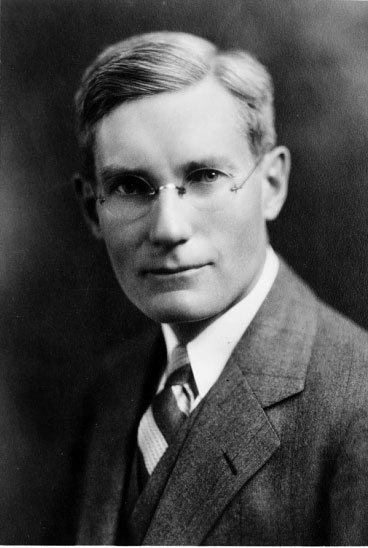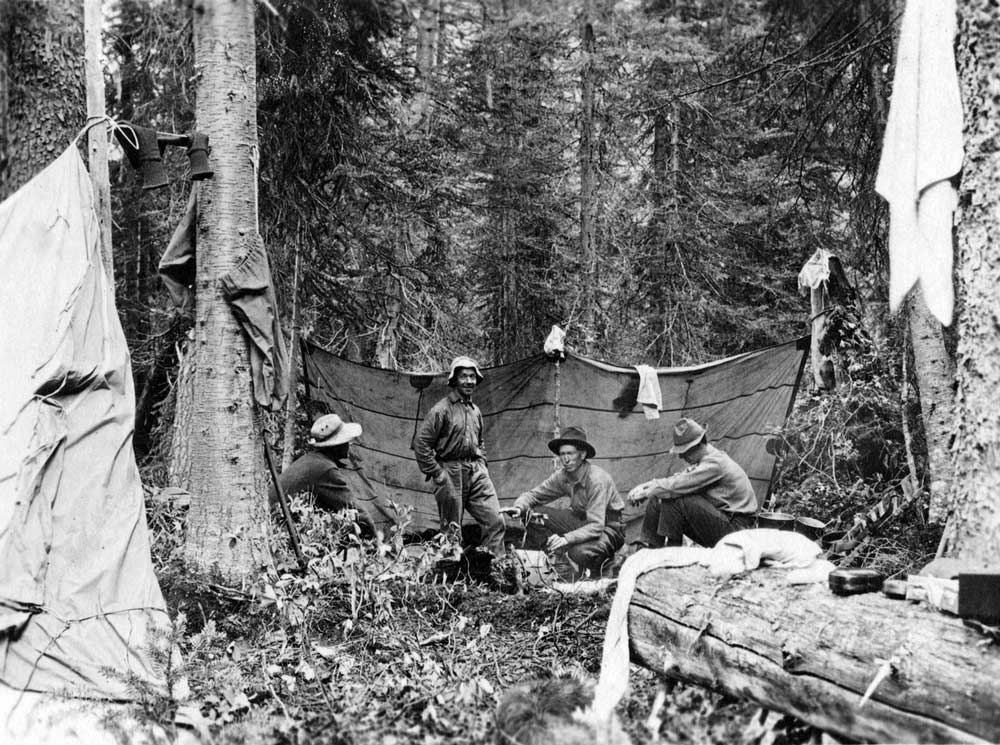SE of Yellowhead Lake
52.8 N 118.4 W — Map 83D/16 — Google — GeoHack
Earliest known reference to this name is 1917 (BC-Alberta Boundary sheet #29)
Name officially adopted in 1928
Official in BC – Canada
Boundary Commission Sheet 29 (surveyed in 1917)
Pre-emptor’s map Tête Jaune 3H 1931
“Clairvaux Mountain” adopted in Place Names of Alberta, 1928. Form of name changed to Mount Clairvaux in 1976, as originally labelled on BC-Alberta Boundary sheet 29, 1917.
Intended to express its situation at the head of a “clear valley.”
- British Columbia Geographical Names. Mount Clairvaux



